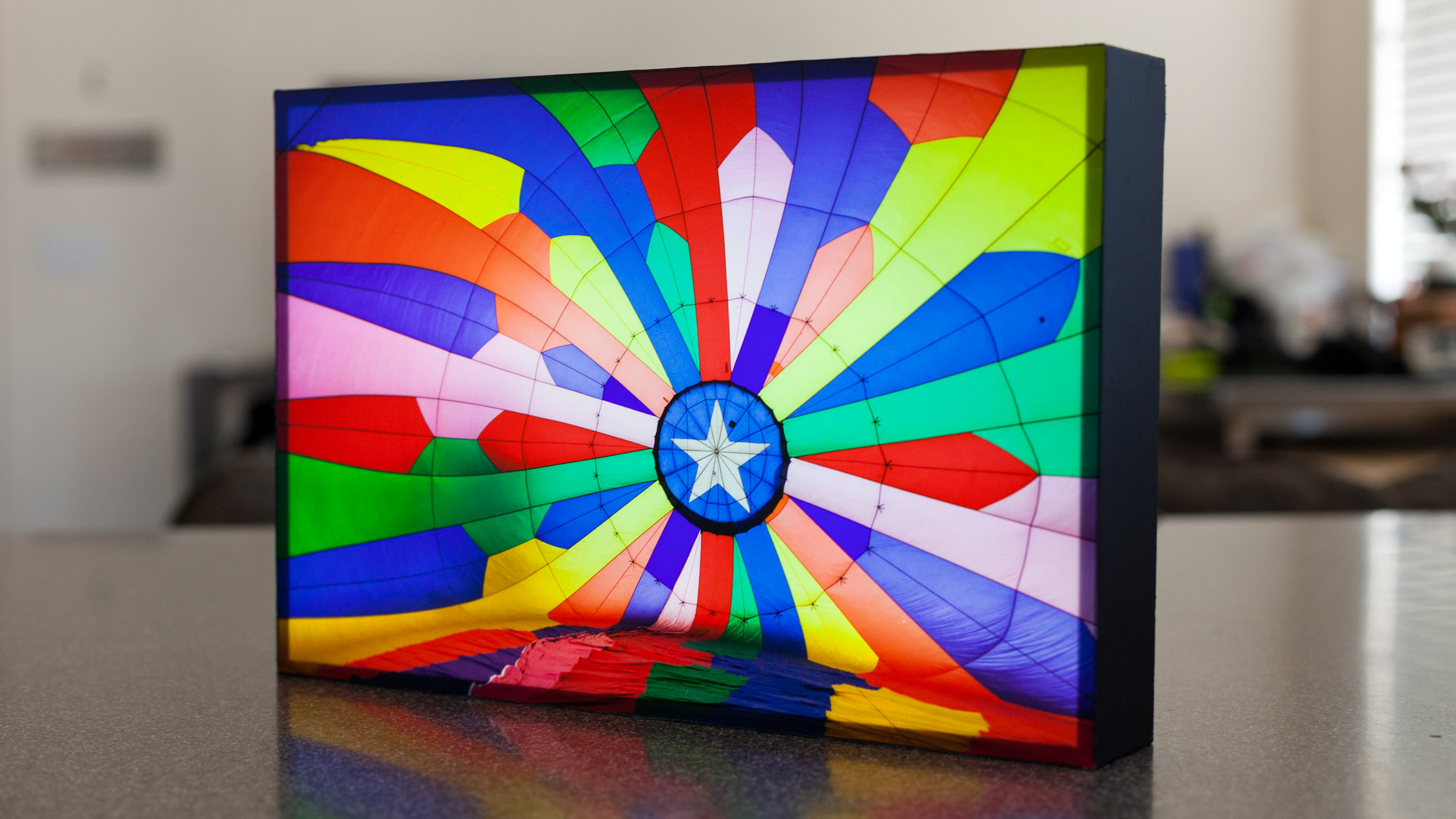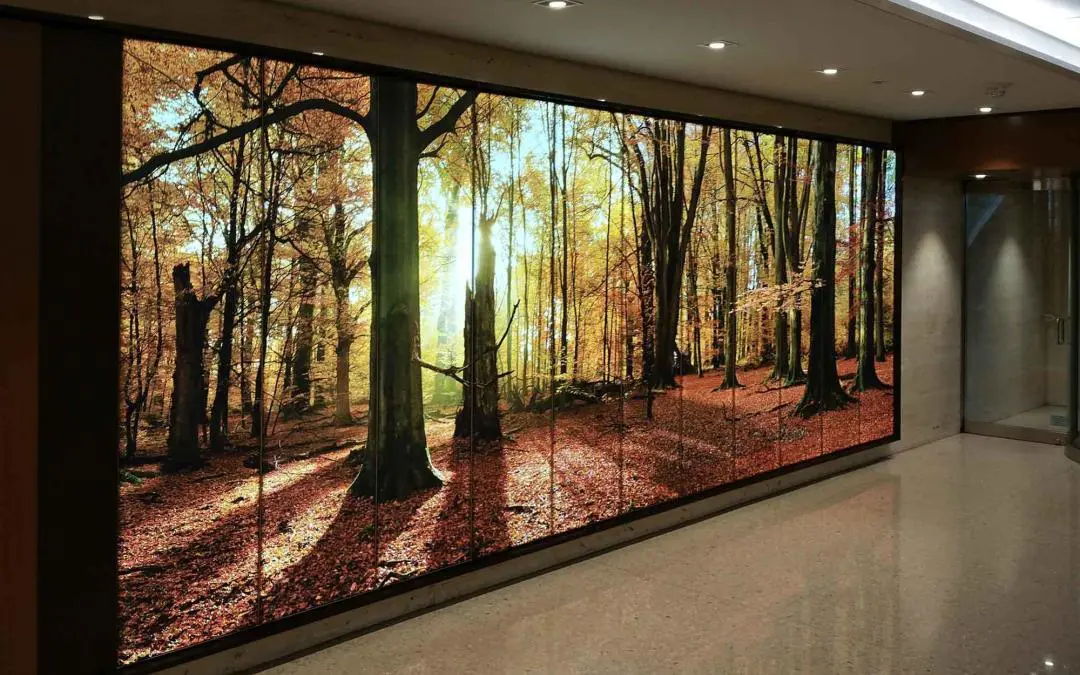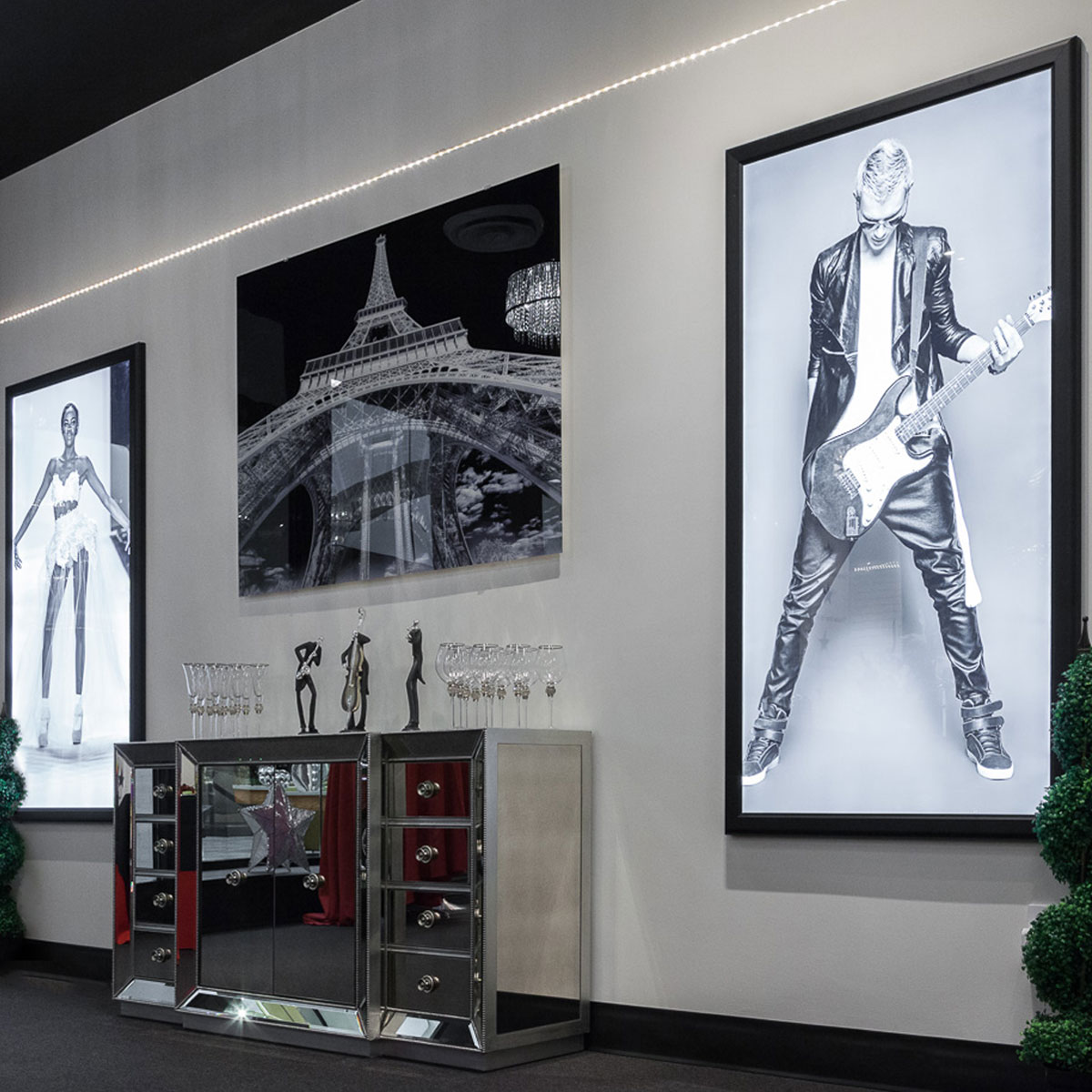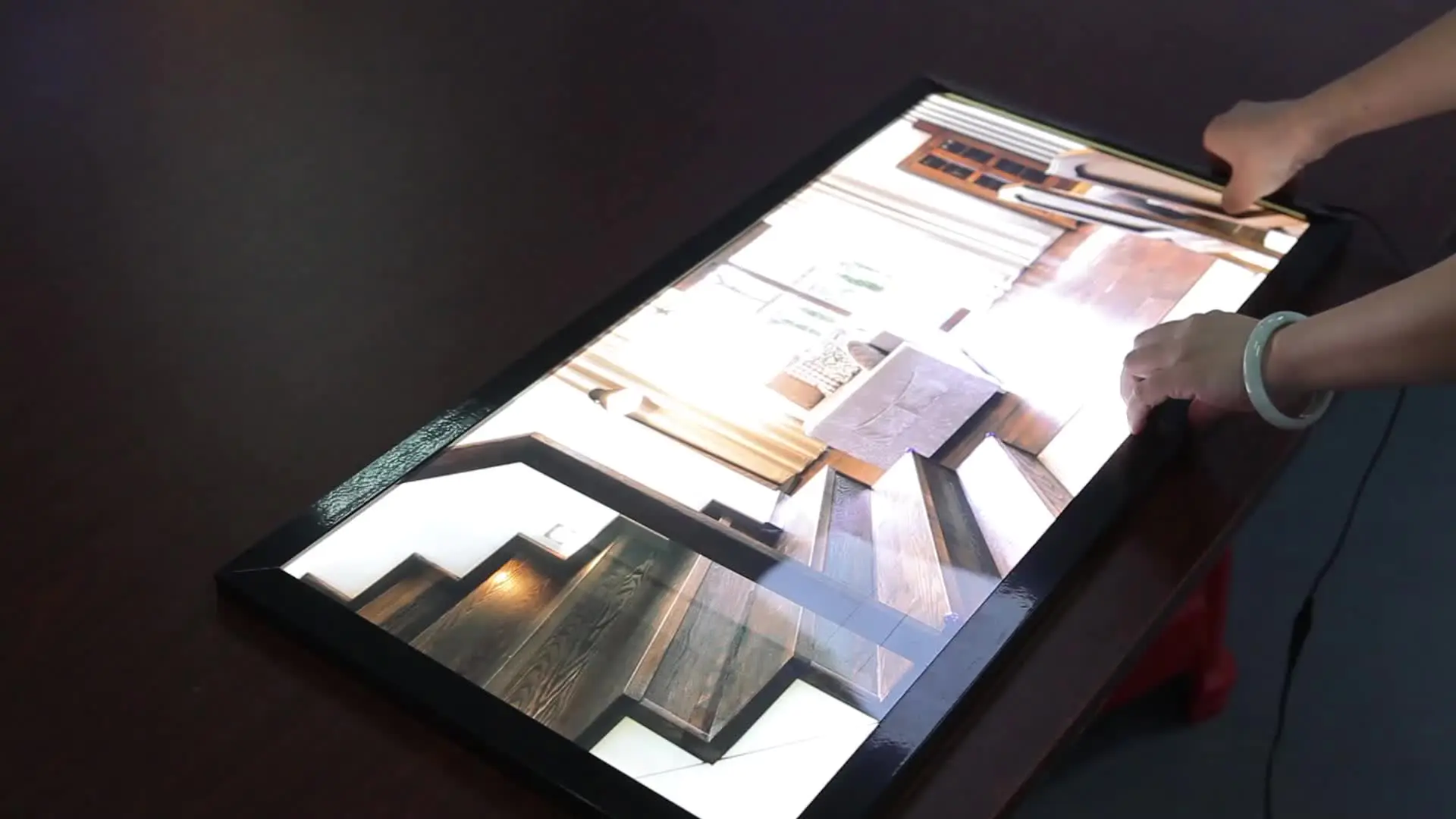
Research on the Aesthetic Value and Spatial Psychological Effect of Matte Floor Composite Film
1. Aesthetic Language Analysis of Matte Floor Composite Film
The core aesthetic value of matte floor composite film is first reflected in its unique light interaction. Unlike traditional glossy floors, this material achieves precise control of light through special surface treatment technology. When natural light or artificial light source shines on the matte surface, the light does not form a strong directional reflection, but presents a uniform diffuse state. This optical property creates a soft transition of light and shadow, making the light environment of the entire space more natural and comfortable. At different times of the day, as the angle and intensity of light change, the matte floor will present a subtle light and shadow layer, injecting dynamic vitality into the static space.
From the perspective of tactile experience, high-quality matte floor composite film usually has a delicate and uniform surface texture. This texture design is not a simple visual imitation, but a real touch achieved through advanced embossing technology. When users walk barefoot on it, they can feel just the right friction and warm tactile feedback. This tactile experience does not cause discomfort like rough materials, nor does it lack a sense of security like a completely smooth surface, but creates a balanced sensory enjoyment. Especially in the home environment, this tactile quality can greatly enhance the comfort of daily life.
In terms of color expression, matte treatment gives the floor composite film a richer color dimension. Without the interference of strong reflections, the color of the matte surface is purer and more stable. Dark colors can show the proper sense of heaviness without being oppressive, while light colors can maintain a refreshing quality without being cold. More importantly, matte treatment enables the composite film to more realistically restore the color changes of natural materials. Whether it is the gradient of wood grain or the subtle color difference of stone texture, it can be presented most realistically on the matte surface. This color expression provides more creative possibilities for space design.
From the perspective of spatial integrity, matte floor composite film has excellent coordination ability. Its low-key characteristics do not compete with other design elements for visual focus, but serve as a stable foundation, allowing furniture, artworks and decorations to naturally show their own beauty. This coordination is particularly important in open modern spaces. Matte floors can connect different functional areas without a trace, creating a smooth spatial transition while maintaining the unique personality of each area.
2. Functional analysis from the perspective of spatial psychology
From the perspective of environmental psychology, the psychological impact of matte floor composite film on users is far more profound than imagined. In the fast-paced modern life, people are increasingly eager for a living environment that can provide a sense of security and belonging. Matte materials, through their unique texture language, can just meet this psychological need. When people enter a space based on matte floor, the first thing they feel is a sense of security of being included. This feeling comes from the softening of light by the matte surface, which eliminates the sharp contrast of light and shadow and creates a uniform and comfortable light environment.
In terms of attention management, matte floor composite film shows unique advantages. Compared with the visual interference caused by highly reflective materials, matte surfaces can effectively reduce the information load in the environment. This feature is particularly important in office or learning spaces. It allows users to focus on work tasks without being distracted by the reflection of the ground. People's concentration and work efficiency can be significantly improved in such an environment for a long time. This is why more and more creative workspaces and educational institutions are beginning to adopt matte floor solutions.
From the perspective of behavioral guidance, matte floor composite film can affect people's activity patterns in space. Its moderate coefficient of friction and uniform surface properties naturally guide people to move at a more relaxed pace. In commercial spaces, this effect can extend the customer's stay time; in residential environments, it can promote a more relaxed pace of life. It is particularly worth mentioning that in special places such as nursing homes and medical facilities, the anti-glare properties and stable walking experience of matte floors can greatly enhance the user's sense of security and comfort.
The impact on spatial perception is also an important psychological effect of matte floor composite film. By controlling the way light is reflected, matte surfaces can change people's perception of spatial scale. In small-sized houses, proper matte floor treatment can avoid the space appearing cramped; in large-scale commercial spaces, it can create a more intimate atmosphere. This space adjustment ability makes matte floor composite film a flexible solution to various spatial challenges.
3. Innovative applications in design practice
In contemporary interior design practice, the application methods of matte floor composite film are constantly innovating. In minimalist-style spaces, designers have found that matte floors can perfectly balance the coldness that simple lines may bring. By choosing a matte composite film with a delicate texture, you can add the necessary warmth to the space while maintaining the purity of the design. This application method is particularly suitable for modern homes that pursue the concept of "less is more".
In commercial space design, the brand expression function of matte floor composite film is becoming increasingly prominent. High-end retail stores use matte floors of specific tones to create a spatial temperament that matches the brand tone. Deep matte gray can convey professionalism and authority, while warm matte wood color conveys affinity and nature. This silent brand language is often more persuasive than straightforward logos, and can subtly influence customers' brand awareness and purchasing decisions.
The creation of cultural space also benefits from the expressiveness of matte floor composite film. In museums, art galleries and other places, the low reflective properties of matte floors provide an ideal display environment for exhibits. It will not compete with the exhibits for attention, but can set the tone for the entire exhibition through its own texture. More importantly, the sound absorption properties of matte floors can improve the acoustic environment and enhance the visitors' viewing experience.
In the world of sustainable design, matte floor laminates are highly valued for their long-lasting aesthetic value. Their durability and timelessness reduce the frequency of material replacement due to changing aesthetics. This makes matte flooring a truly sustainable choice in the long run. It allows spaces to stand the test of time, maintaining beauty while reducing resource consumption.





